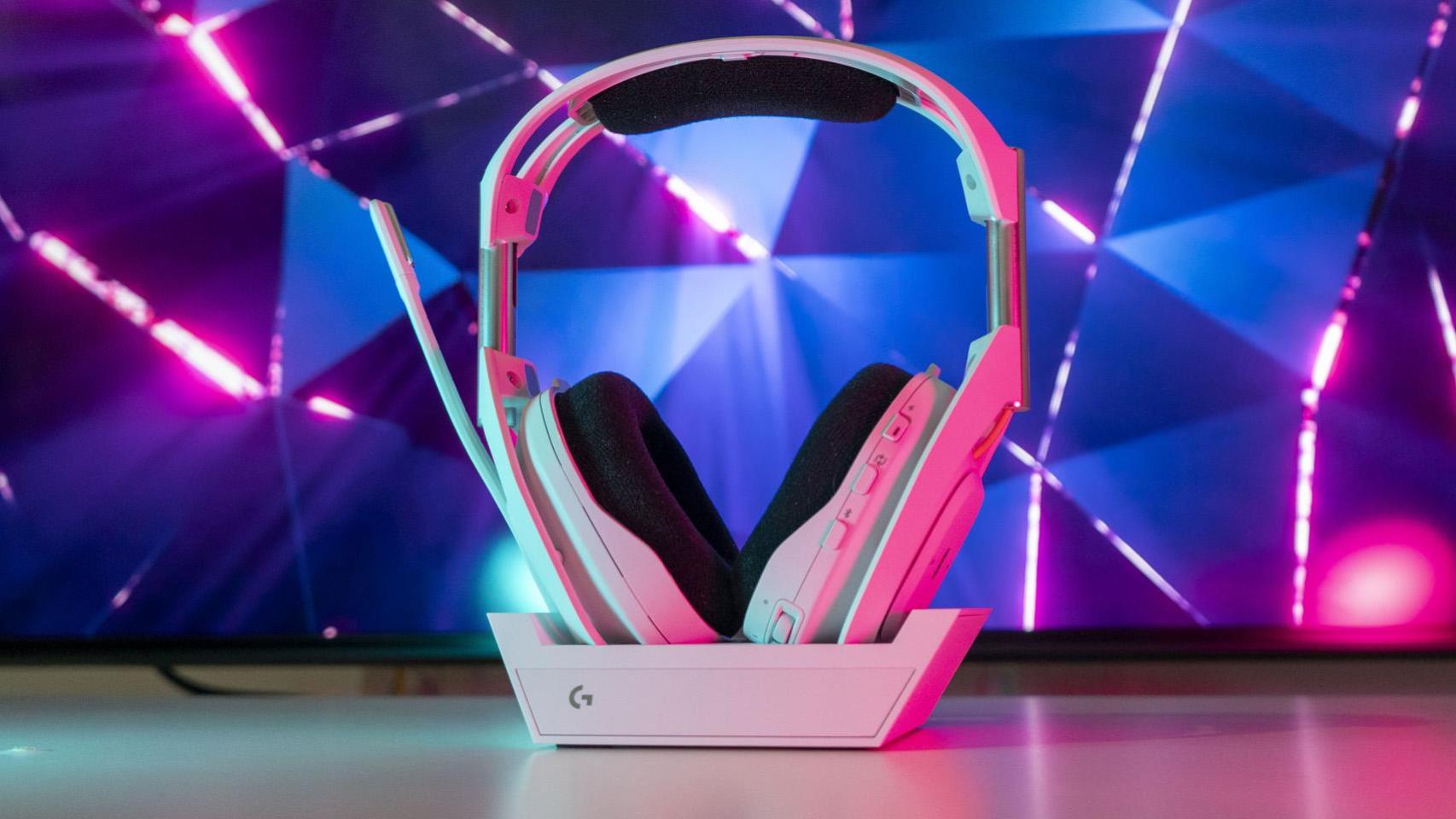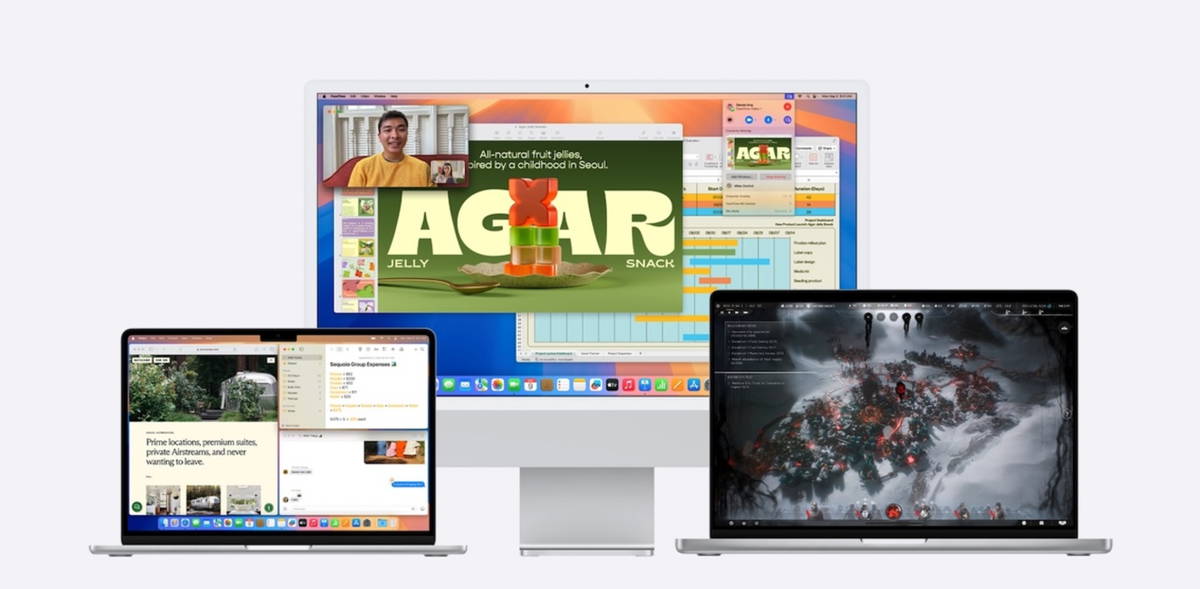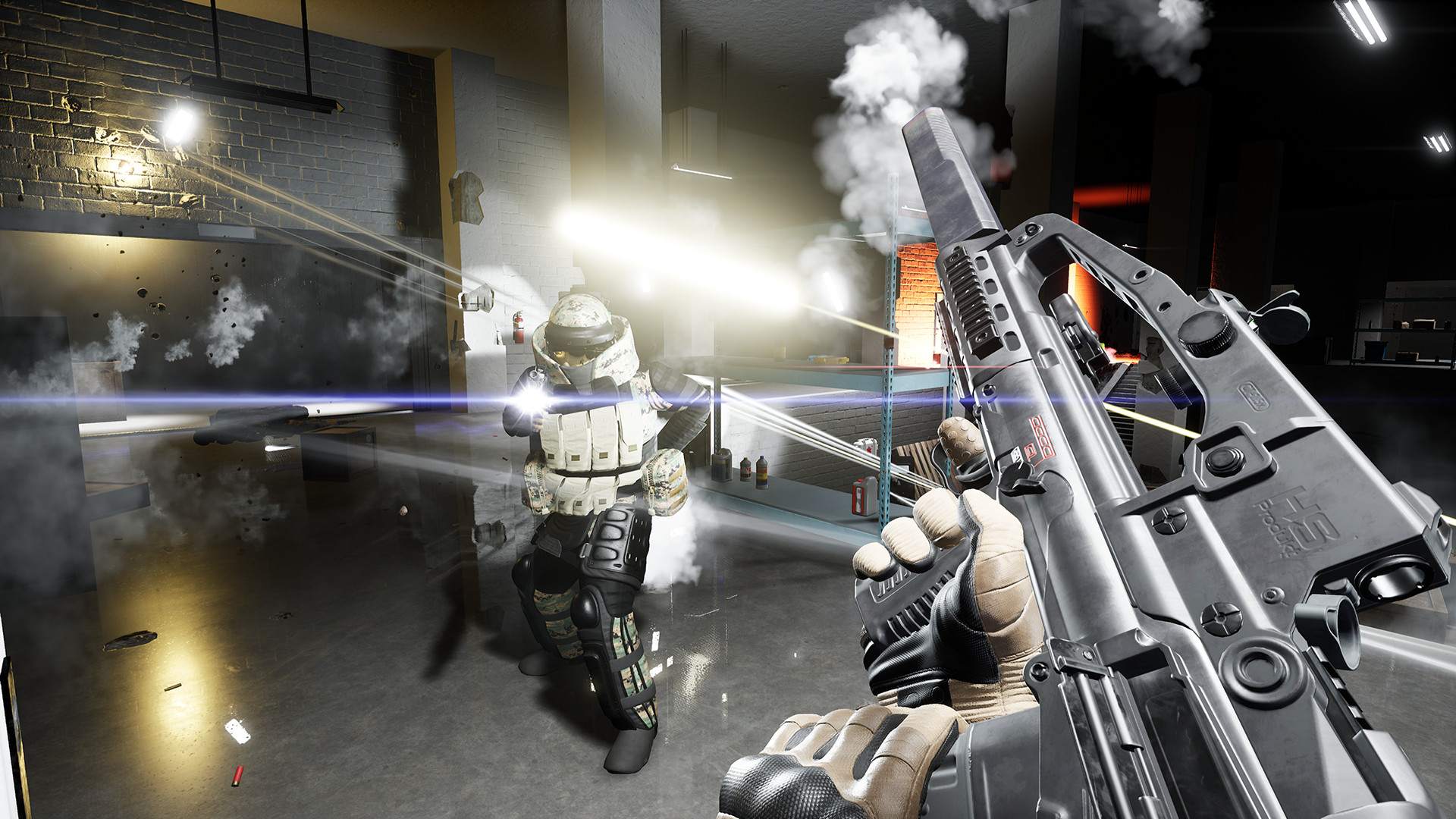There are technologies that go unnoticed in everyday life, but are missed when they are missing or, worse, when they malfunction. Some of them have been with us for many years, but because we take them for granted, we may not know exactly how they work.
There’s one in particular that’s a brilliant idea and makes it easier for us to interact with our devices on a day-to-day basis. And then we’ll tell you how does auto brightness work No, it’s not magic.
Automatic brightness, this ideal companion… when it works well
Our mobile is full of sensors both on the front and on the back. Two of them can be regarded as a kind of camera, saving distances, which They allow us to use the mobile correctly and comfortably without us noticing.
On the one hand we have the proximity sensor. It is he who takes care of turning off the screen when, for example, we bring the mobile closer to our ear to talk on the phone, but also when we cover the upper part to listen to WhatsApp or Telegram audio in private.
When it works we don’t even realize it, but when it doesn’t – as with many recently launched Xiaomis – we miss it. On the other hand, it is the sensor that is responsible for adjusting the automatic brightness. Again, you have to see it as a kind of camera, a photodetector, more precisely.
It is present at the top of the mobile, hidden somewhere in the bezel (whereas when mobiles started to have a notch, the front camera, the earpiece, the photo sensor and the proximity sensor were there, all together) and it’s hard to see it
If you turn on a flashlight you might notice it, but they are really very hidden. In any case, we don’t care if we see it or not, although we can discover its location by experimenting, gradually covering different areas of the scope to find out where it is.

See those sensors above the coverage and battery icons? One is the photosensor.
But hey, I got lost. As I say, is a photodetector responsible for capturing ambient light, the luxurieslike taking a picture of the surroundings, then this collected data is combined with an algorithm that allows you to adjust the ambient light as precisely as possible for each lighting situation.
This algorithm works with a series of parameters and should be seen as a segment in which the left limit is absolute darkness and the right limit an ambient situation with intense light. Depending on the quality of the manufacturer settings and their accuracy, the algorithm is the one that takes care of correctly adjusting the brightness of the screen in intermediate lighting situations, anything that moves between the ends of the segment.
Most phones today are pretty good at calculating these parameters. They lower the brightness to the maximum when we are in bed looking at the screen without any external light source and they increase it to the maximum when we go out, but there are also mobiles whose algorithm is not so refined or which simply have dirt in them in front of the sensor and they don’t match the parameters well.
So if auto-brightness isn’t working for you, before you blame the manufacturer or the hardware, make sure the area is clean. Finger grease and other particles can interfere with the measurement.
And about devices that mount sensors to automatically adjust the brightness, In addition to cell phones, we have tablets, smart watches (always a nice feature on these devices) and even televisionswhich automatically adjust their brightness to adapt both to nighttime sessions and when the sun shines strongly through the window.
There is also something very interesting that uses artificial intelligence – machine learning, rather – to adjust the brightness. And it is that, starting from Android Pie, although other manufacturers like Samsung already had a similar system, Google introduced algorithms that allowed the system will learn from small brightness corrections
Besides the brightness sensor we can have the color spectrum sensor
In addition to this sensor, some mobiles have another responsible for measuring the color spectrum. Depending on the color temperature of the light (something that varies enormously between outdoors and indoors, since light bulbs have different temperatures indoors and the Sun stays at 5778 K outdoors), the sensor crosses the data with another algorithm to vary the white balance of the screen.
This allows for a more natural reading by making it more “yellowish” or “bluish”. depending on the lighting situation in which we find ourselves. It is an additional sensor that allows you to more realistically appreciate the colors that appear on the screen, but does not influence its brightness.
So you know how that invisible sensor works that when it does it right we don’t even care but when it fails we know it’s there and we don’t mind blaming it for the screen does not turn to maximum brightness when we go to it on the street, having to manually adjust the brightness. And vice versa at night, with flashes when you’re already in bed.
In Xataka Android | Google hands out two hands to the iPhone in its latest announcements
In Xataka Android | If you are unclear with Android settings, this powerful tool will make you the king











